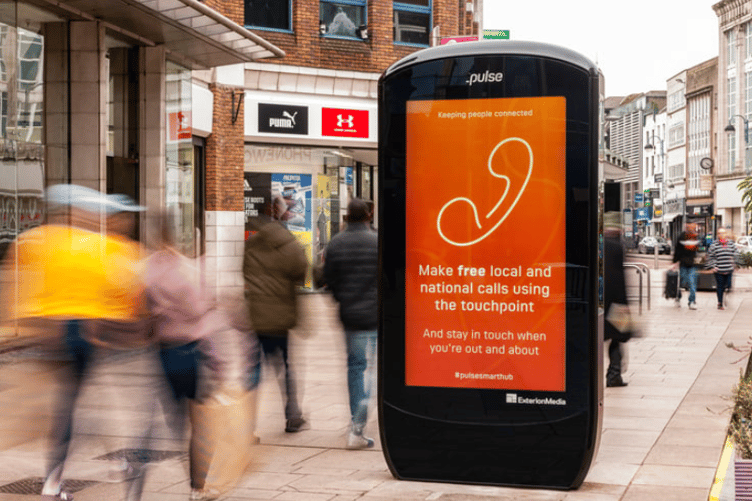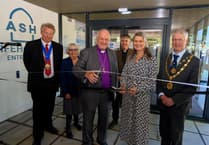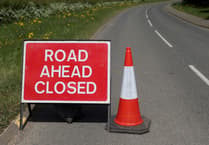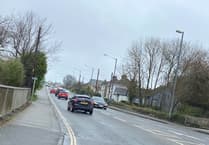PROPOSALS for smart hubs for Truro city centre have been given planning permission and advertising consent by Cornwall councillors.
The Central Sub-Area Planning Committee met today to discuss the installation and operation of Pulse Smart Hubs - two-sided digital display screens with interactive tablets - at seven locations around the city. This figure was revised down from 13, removing those that were considered to conflict with Truro’s heritage assets.
As well as hosting advertising between 6am and midnight, the hubs will provide local information including maps, free Wifi and community safety features 24 hours a day, including a 999 button, defibrillator and built-in nasal naloxone opioid antagonist, used for the emergency treatment of drug overdoses.
Ollie Smith, managing director of Urban Innovation Company (UIC) appeared at the meeting remotely, and was given a comprehensive grilling by councillors on matters ranging from the size and brightness of the displays to the content of the advertising and GDPR.
He explained how the screens had been trialled in Belfast, which had 27 spread across the city; and how a minimum of five per cent of advertsing time would be given to local businesses, free of charge.
When asked why the company had chosen Cornwall, Mr Smith replied: “Our media partners told us the locations where they wanted to be, where the gaps were in their advertising, and steered us towards the Westcountry area.”
Councillors heard that Historic England and the Historic Environment Officer had raised no objection to the potential impact of the seven hubs on the setting of the Truro Conservation Area or adjacent listed buildings. Meanwhile, hubs considered to impede on highways safety had either been resited or removed from the planning application altogether.
Truro councillors Steven Webb (LibDem) and Loic Rich (Independent) were present at the meeting. Cllr Webb said: “I brought this to the meeting because I was worried about the screens, but they have taken out the most sensitive sites, and Historic England and the historic environment officer have raised no objections so I am now less alarmed than I was.”
He admitted: “I still don’t love the look”, but added: “The public benefits may now carry more weight than they did … I may not be excited by it, but on balance I’m more in the middle.”
Cllr Rich felt the benefits were more for “the companies that want to foist their products on us”. He added: “The centre of Truro is residential, calm and quiet. Putting these screens in a residential area – taller than people, brightly lit – I think it’s about health and wellbeing.
“Everyone has a smartphone, and we have adverts everywhere, all the time. Having it on the street in your face isn’t healthy.”
Having learned that 4,000 phone calls were made from the hubs collectively in Belfast over one year, Cllr Rich calculated that an average of 148 were made per unit annually. “That’s one every three days. For me, this is more about the benefits for companies to make a whole lot of money.”
Cllr Alan Rowe (Labour) asked how often the hubs were vandalised, and how hard it was to smash the screen. Mr Smith admitted the screens needed to be “robust” but that the modular nature of components would enable damaged items to be replaced, and that fortnightly maintenance checks would ensure this happened quickly.
Cllr Louise Blackman (Reform) opposed the application on the grounds that “I want to see fewer screens in my life, not more”. But Cllr Mike Thomas (Independent) said the hubs were “brilliant”, adding” This is the world we live in.”
The smart hubs were approved by six votes to four with no abstentions.
A proposal for 14 of the hubs in and around Newquay was approved by Cornwall Council earlier this year, and future plans include Okehampton, Bideford and Cullompton.





Comments
This article has no comments yet. Be the first to leave a comment.